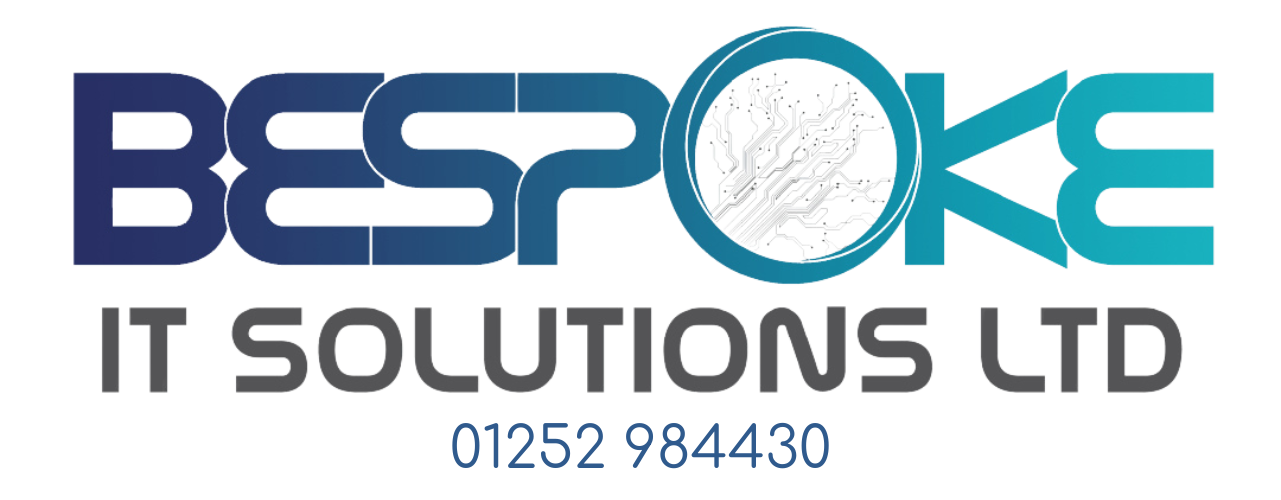Microsoft recently made changes to the Windows Start menu – and it caused a bit of an uproar.
Here’s what happened: Microsoft tried to streamline the Start menu by grouping related settings together. But they tucked the sign out option behind a three-dot menu, creating confusion for people trying to log out of their accounts.
Thankfully, Microsoft has listened to feedback and is now testing an update to put the sign out button back to where it was before.
This is good news for teams that have multiple profiles set up on one computer, making it easier to switch between accounts again.
These changes are part of a broader update to Windows 11 that’s currently being tested. The update will also bring in new features like media controls on the lock screen for when you’re playing music or videos, as well as the ability to share files directly from your search results.
These updates are great examples of small changes that can have a really positive impact on how your team works.
Is it time for you to move your business to Windows 11? We can help get you started, get in touch.



